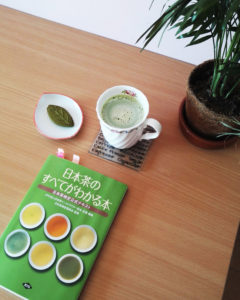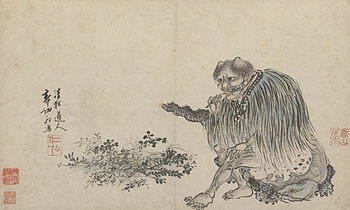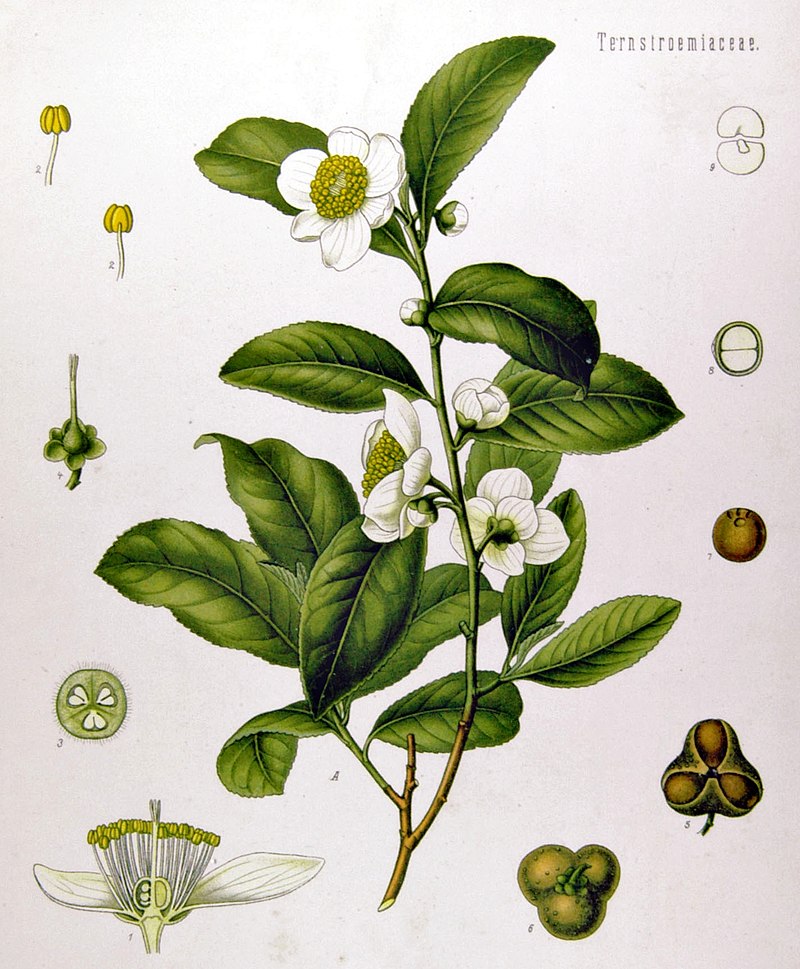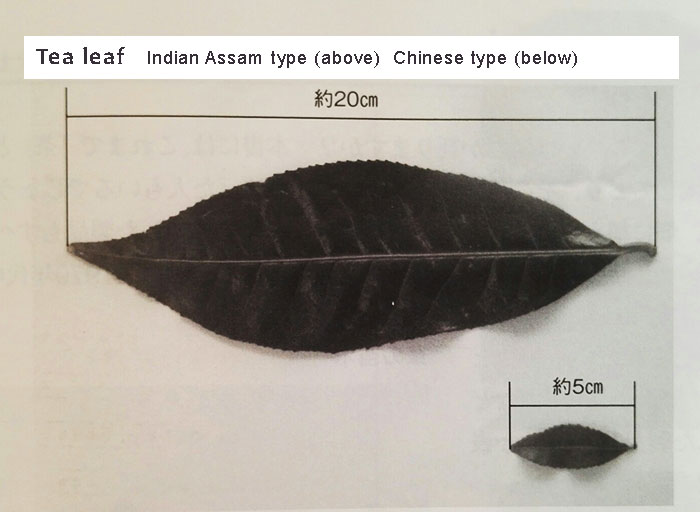Can green tea help prevent food poisoning?
There was an interesting episode in a Japanese book ‘all about Japanese green tea’ that I read, about green tea and food poisoning and I thought it would be great to share.
Recently I have received a kind email below from one of my customers. I spend a lot of time writing these kinds of posts and sometimes I wonder how many people are actually reading it. So this email was quite an encouragement and I thank her for taking time to send me the email.

'I ended up on your instagram through someones story, went over most of the posts, which I loved, especially reading the informative captions. I also super enjoyed the blogs on the website, very detailed and explained well.Teas and their benefits always fascinated me. And I’ve been on the look out for something authentic for a while now. I look forward to reading more of your blogs and new information.'
Tea plants were used as medicine in the past

Recent studies in green tea and food poisoning
Why choose Japanese green tea?
Tea plants are called camellia sinensis. There are two types in general – Chinese small types and Indian Assam types. Green tea is suitable from Chinese small types and black tea is generally made from Indian Assam types. Indian Assam types are much larger and the leaves are harder.
Japanese green tea is Chinese small type and renowned for the quality. I have also learned from the same book that there is right time to harvest it (not too early, not too late) because tea plants will not always have the same nutrients throughout the year. Another good point of Japanese green tea is that it is processed by steaming right after the harvest to stop oxidation. Therefore the nutrients are more reserved when compared to those in other origins. There are also tea masters who examine the finished tea before being sold to the market.

